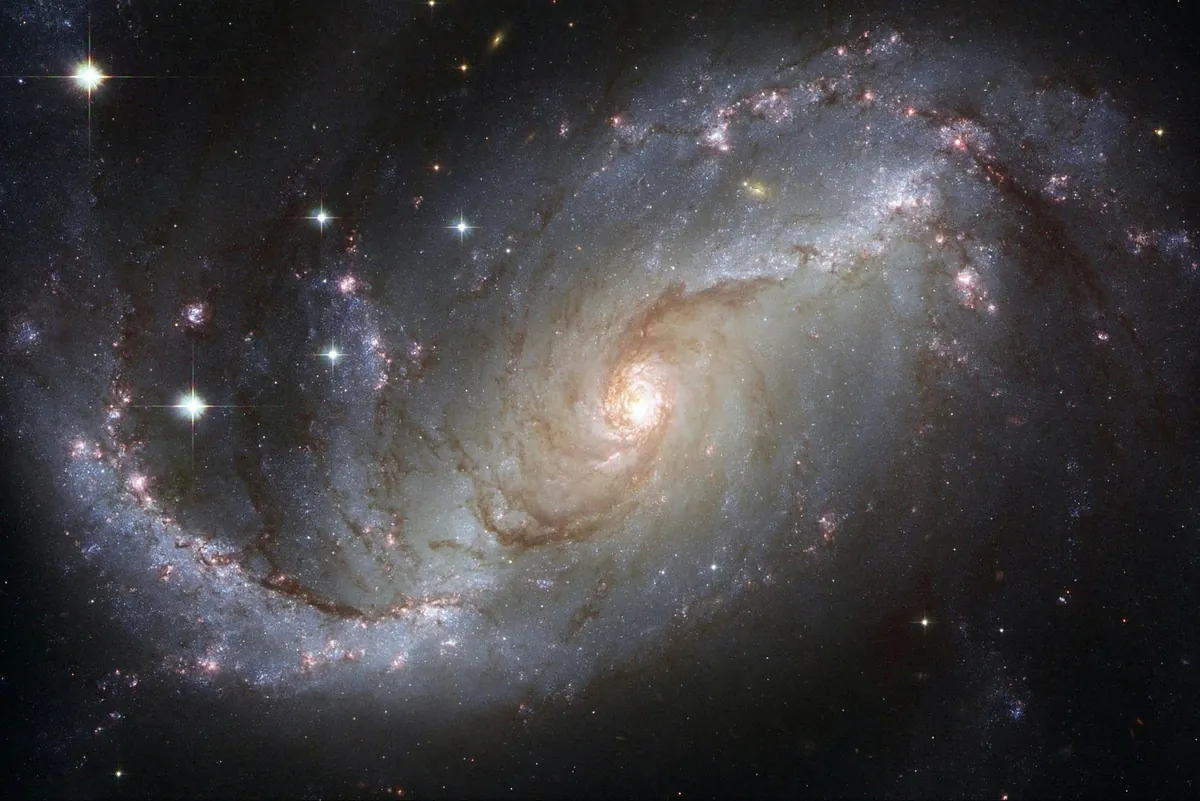

In a spectacle that could rival Star Wars, astronomers have uncovered a breathtaking cosmic event dubbed the “Cosmic Joust,” where two galaxies are merging 3.6 billion light-years away. Reported by CNN on May 23, this discovery, detailed in The Astrophysical Journal Letters, showcases a rare clash featuring a powerful quasar powered by a supermassive black hole.
Located in the constellation Virgo, this galactic dance is a stunning reminder of the universe’s vast, dramatic scale, blending science fiction flair with real-world wonder.
Stunning new images from Mars captured by Rover Curiosity leave scientists in awe
The merging galaxies, part of a system called SDSS J0849+1114, are locked in a gravitational embrace, with one galaxy’s central black hole unleashing a quasar-a brilliant beacon of energy-outshining its surroundings. Observations from NASA’s Hubble Space Telescope and the Chandra X-ray Observatory reveal gas and dust swirling chaotically, fueling the quasar’s glow.
Scientists, led by Julie Banfield from Australia’s CSIRO, estimate this collision began over a billion years ago, with the quasar’s light reaching us now as a time capsule from a galaxy far, far away. This event mirrors the epic battles of Star Wars, where forces collide in a struggle for dominance, though here, it’s nature’s own script.
Trump Threatens Tim Cook To Manufacture IPhones In US Or Face ‘At Least 25%’ Tariffs
Cosmic joust merges galaxies with quasar power
The “Cosmic Joust” offers a front-row seat to galaxy evolution. As the black holes at each galaxy’s core spiral closer-potentially merging into a single, even mightier black hole-the quasar’s intensity could signal a new phase of star formation or destruction. Posts on X highlight the awe, with users likening it to a “Jedi vs. Sith showdown in space,” blending pop culture with scientific excitement. The discovery’s timing aligns with renewed interest in space exploration, fueled by missions like the James Webb Space Telescope, which continues to redefine our cosmic understanding.
This isn’t just a pretty picture-it’s a lesson in the universe’s relentless energy. The quasar’s power, driven by matter spiraling into the black hole at millions of miles per hour, outshines entire galaxies, a phenomenon rare enough to captivate both scientists and Star Wars fans. As we gaze at this galaxy far, far away, the “Cosmic Joust” reminds us that the real universe often outdoes even the most imaginative fiction. With ongoing observations, researchers hope to uncover more about these mergers, offering a glimpse into the fate of our own Milky Way, set to collide with Andromeda in about 4 billion years.
This news was originally published on this post .



